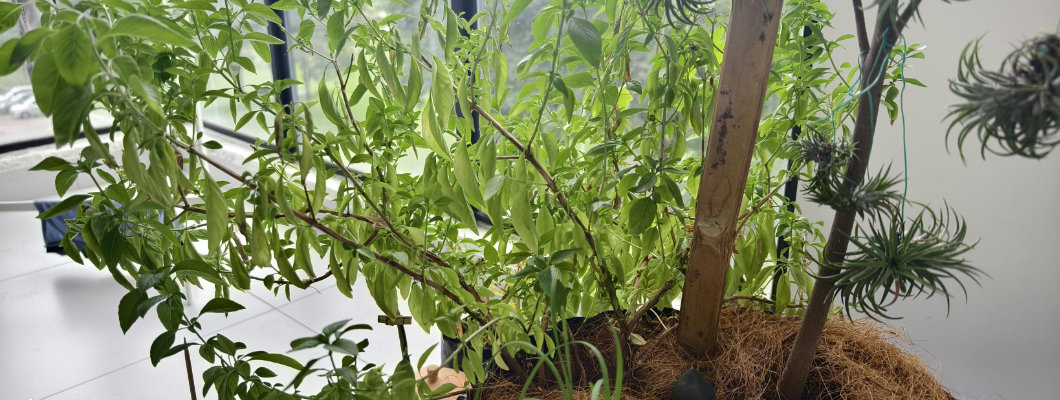
Title image above is copyright © Ezehelm
First published 22nd June 2025
This post is my reply to Ezehelm’s questions in Part 1, in the original inline email style.
Please note: the images in Part 1 are not of an Air-Pot®. The name ‘Air-Pot’ is a registered trademark and can only be used for Air-Pot® products. I will refer to the container in question as an air-pruning pot from hereonin.
Now to the reply — and thank you so much for your patience Ezehelm!
I'll be using a 40 cm wide by 40 cm tall 46 L no brand air pot. It's slightly shorter than knee height and has a diameter of about the length of my forearm. The 4 L olla has a thin neck and a rounded flat bottom. It'll be placed in the centre of the pot. The plant will be placed slightly off centre, with its root ball touching the olla.
I actually currently have a soursop and basil planted together in this setup. I used a 6-in-1 potting soil around the edges where the cones are and the 6-in-1 plus some coarse gravel-like red topsoil towards the centre of the pot. I figured the centre would need more aeration considering the size of pot, but apparently, that's not the case, you say?
That’s right, you don’t need to create more air pockets for drainage or aeration in the centre, and these root-pruning pots work best with the mix homogeneous throughout. The larger 100 L, 200 L, and 400 L Air-Pot® walls are packed just as densely as their smaller containers and produce amazing results. The cones provide plenty of aeration right to the core — what would appear to us as a densely packed airless medium is actually full of countless numbers of tiny air pockets, all created by the irregularly-shaped particles which make up the potting medium not packing tightly like bricks.
Here are some pics of the setup:
(Please see these in Part 1; omitted here for ease of reading.)The basil's growth kicked off right away, while the soursop has only begun putting on new growth a week or two ago. They were repotted waaay back in February! But then the soursop's been neglected in its nursery polybag since 2022. The soil it was in (and is still partially in) was hard as heck, so the slow response isn't really surprising.
The basil would respond more quickly as it has less above-ground material to sustain, and would develop a finer root system to feed the above-ground growth more quickly too. And it definitely does sound like the soursop’s root ball had major disadvantages to overcome too.
Another problem is having two plants in together at all, sorry to say this. Root-pruning containers create incredibly dense, fine roots with time, and my guess is the basil has outcompeted the soursop from day 1. It's likely grown its roots into all the available space while the soursop is still getting settled and started. I’d suggest that the soursop will respond much better for you it if it the sole occupant of that pot.
I found that the whole thing's draining the olla faster than I'd prefer. They emptied the olla in 4–5 days if I placed them away from the window and in the shade with some humidifiers (several plastic containers filled to the brim with water and some small ollas). I want the olla water to last 5 days by the window, in the sun. Do you think that's possible, or am I just being unrealistic? I'll be putting on some sheer curtains in a few weeks. Maybe it won't last that long now, but hopefully, it will soon.
This is what the setup looks like now:
(Please see these in Part 1; omitted here for ease of reading.)
Right, I see this in hindsight now! Ollas are probably better suited for in-ground or more conventional pots than these root-pruning pots. Not your fault, I thought it a very clever idea too! But now I see what is going on here is twofold:
• the olla is taking up space better suited to more potting mix, which will hold more water — and nutrients — for the plants; and
• the plants are developing the fine, dense roots these pots encourage, which are placing a heavy demand on the available water. This is why it is emptying so fast, as the roots are emptying the potting mix of water just as quickly.
I’d suggest repotting, each in a separate pot if at all possible, remove the olla and coarse material, and pack the pot as tightly as you can with your 6-in-1. And I mean tightly!
Then sit the pot(s) in a tray(s) of water such that the potting mix at the bottom of the pot is covered. How much of the bottom is covered may have to be trial and error for you as I don’t have experience with tropical conditions. Also please bear in mind that any air conditioner you may run will also remove humidity, which will evaporate water from the tray as well to some extent.
To answer your other questions:
Yeah, what I meant by coconut coir is cocopeat. I just have an aversion to that term, since it has nothing to do with peat to my understanding.
All good! I just wanted to be sure we were on the same page. The use of the word ‘peat’ is probably just a reference to its fineness.
I chose to use some peat moss just to add acidity to the soil mix. I am aware, though, that they may not wet easily after being left to dry out completely. Read that raspberries like a pH of 5.6–6.7, according to the Royal Horticultural Society and the University of Maine. Hopefully, the rice husk charcoal and zeolite won't make the mix too alkaline.
Charcoal and zeolite are more likely to buffer pH than raise it — to get technical suddenly, pH is the negative log of the concentration of hydrogen ions, and the scale is logarithmic. Meaning they’d need to grab onto, and never release, a lot of hydrogen ions for every one unit rise in pH. (Hmmm, I need to do a post on this!!)
Buffering pH is good, in your case, by the way!
The addition of rice husk charcoal and zeolite was just my idea of increasing the mix's CEC and providing specific trace minerals which, to my understanding, vermiculite may not. I read this research paper by Chatzistathis (2001) (ikee.lib.auth.gr/record/326204/files/agronomy.pdf), got lost in all the numbers and parameters, and somehow guesstimated that 7% v/v of vermiculite and zeolite each was a decent amount.
I get a 403 Forbidden error attempting to access that PDF sorry. Much appreciated if you can flick it my way!
Vermiculite is like charcoal and zeolite in that it’s an excellent retainer of water and nutrients. None of them should be used, I don’t think, to provide nutrients or trace minerals from themselves — their role is to hold onto, and release when required, nutrients from other sources such as organic matter and fertilisers.
But don't you think that using 40% compost is a bit too much? Or has that not been your experience thus far?
I go 50% compost all the time! And never less than 33%. Remember, you are feeding a rapidly growing root system in a highly-aerated environment. Those roots need nutrients, and plenty of them. They may well need them more quickly in a tropical environment, where things tend to grow much faster than in temperate zones.
The only reason I don’t go 100% is I just can’t make compost that quickly — I run out of it all the time as it is!
Anyhow, the golden raspberry' still small. It's in a pot slightly bigger than my fist, with a peat moss-based mix. It's already showing signs of overwatering (I'm really bad at watering), so I want to repot it as soon as possible:
(Please see these in Part 1; omitted here for ease of reading.)Maybe not immediately into the 46 L air pot, but a larger poly bag for a few more months.
Would you know the pH of that 6 in 1 mix? The range for raspberries you quoted overlaps the sweet spot for many plants (pH 6-7) and thus many commercial mixes tend to be in that range too. Do you test pH after adding peat moss to be sure of the result? Highly recommended if you are after a particular pH, as it is very easy to overshoot and go too far, but I do feel you’d be fine with just a regular mix.
Looking forward to your advice and reply
Warm regards from Malaysia,
Ezehelm
I do hope this has at least given food for thought Ezehelm! Happy to answer anything more, and very best wishes for happy soursops, juicy raspberries, and everything else in between!
Warm regards in return, from a chillier Wollongong!!
Kristi

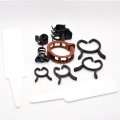
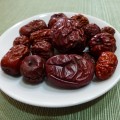
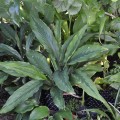

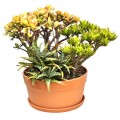
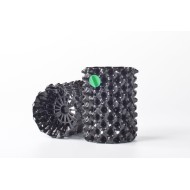

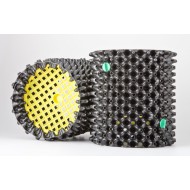
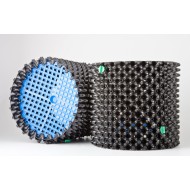

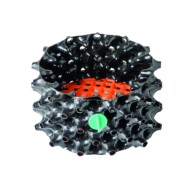
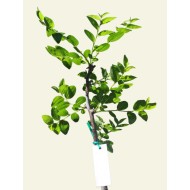

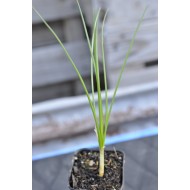
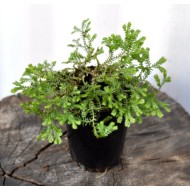
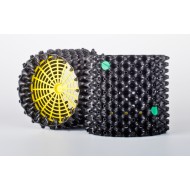
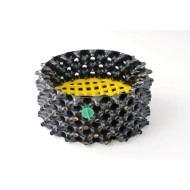
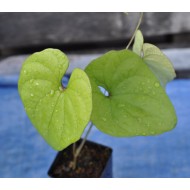
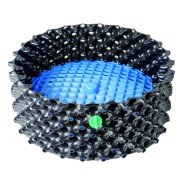
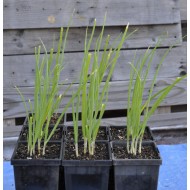
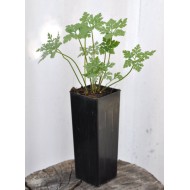
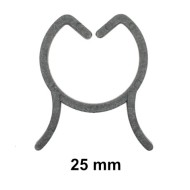
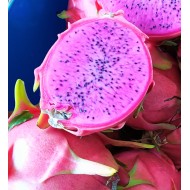

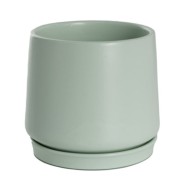
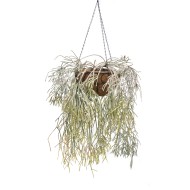
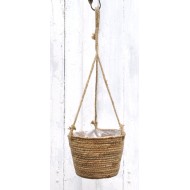
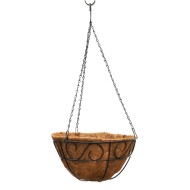
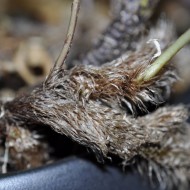
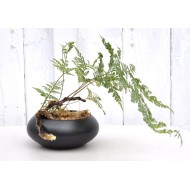
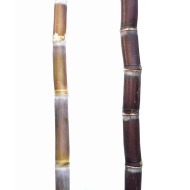
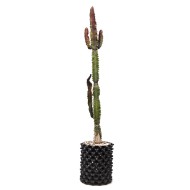
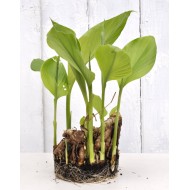
Leave a Comment